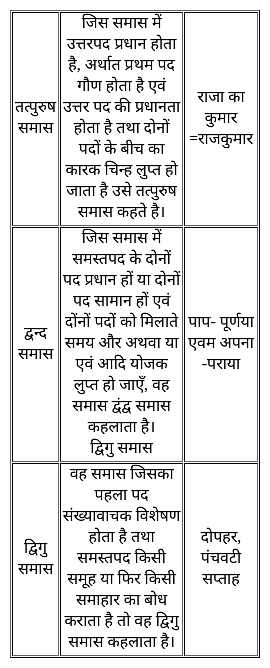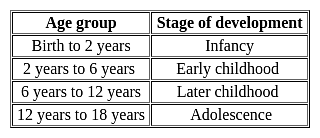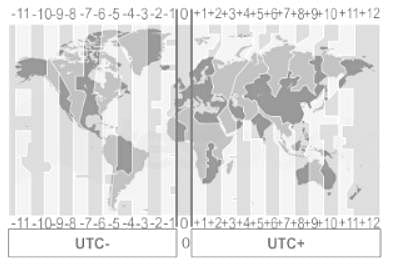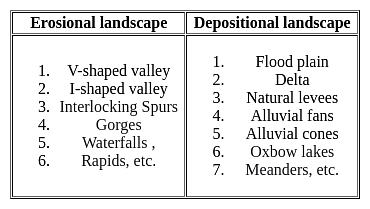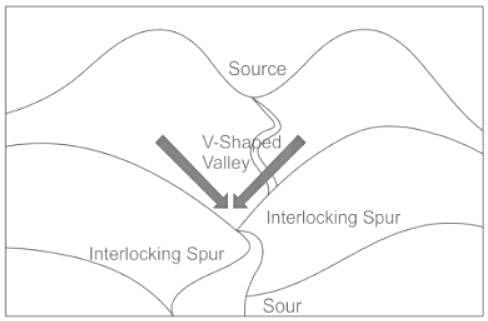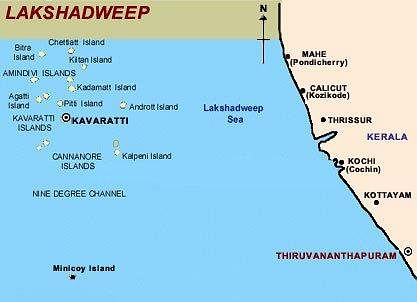KVS TGT Social Science Mock Test - 8 - KVS PGT/TGT/PRT MCQ
30 Questions MCQ Test KVS TGT Exam Mock Test Series 2024 - KVS TGT Social Science Mock Test - 8
The grocer
P: did not listen to the protests of customer
Q: who was in the habit of weighing less
R: whom he had cheated
S: with great audacity
The Proper sequence should be:
Q: who was in the habit of weighing less
R: whom he had cheated
S: with great audacity
| 1 Crore+ students have signed up on EduRev. Have you? Download the App |
“भगवान श्रीराम के अयोध्या लौटने पर प्रजा ने खुशियाँ मनाई थी।” वाक्य में रेखाँकित शब्द के लिए सही मुहावरा है-
The journalist who refused to accept ‘Padma Bhushan’ was?
Directions: Study the following question carefully and choose the right answer.
In a certain language PROSE is coded as PPOQE. How will LIGHT coded?
Direction: Study the following question carefully and choose the right answer.
If RAM is coded as 5, GUI is coded as 1, then what is the code for SAP?
The typical elements of process image are ______.
(i) User data
(ii) System data
(iii) User program
(iv) System stack
______ addresses are reserved for multicasting.
What is the difference between the Internet and an intranet?
Jatin usually participates in team sports and always gains a sense of team success as well as personal success. Jatin shows the developmental task of which stage of development?
Choose the correct answer from the options given below,
- The Longitudes are used as the reference for local time
- Earth is divided into 24 time zones
- There are few countries having more than one time zone
In ancient time people used ________ to determine the direction at night.
Which of the following is a erosional feature by river?
In Rajasthan, the 'desert march' process is concerned with


